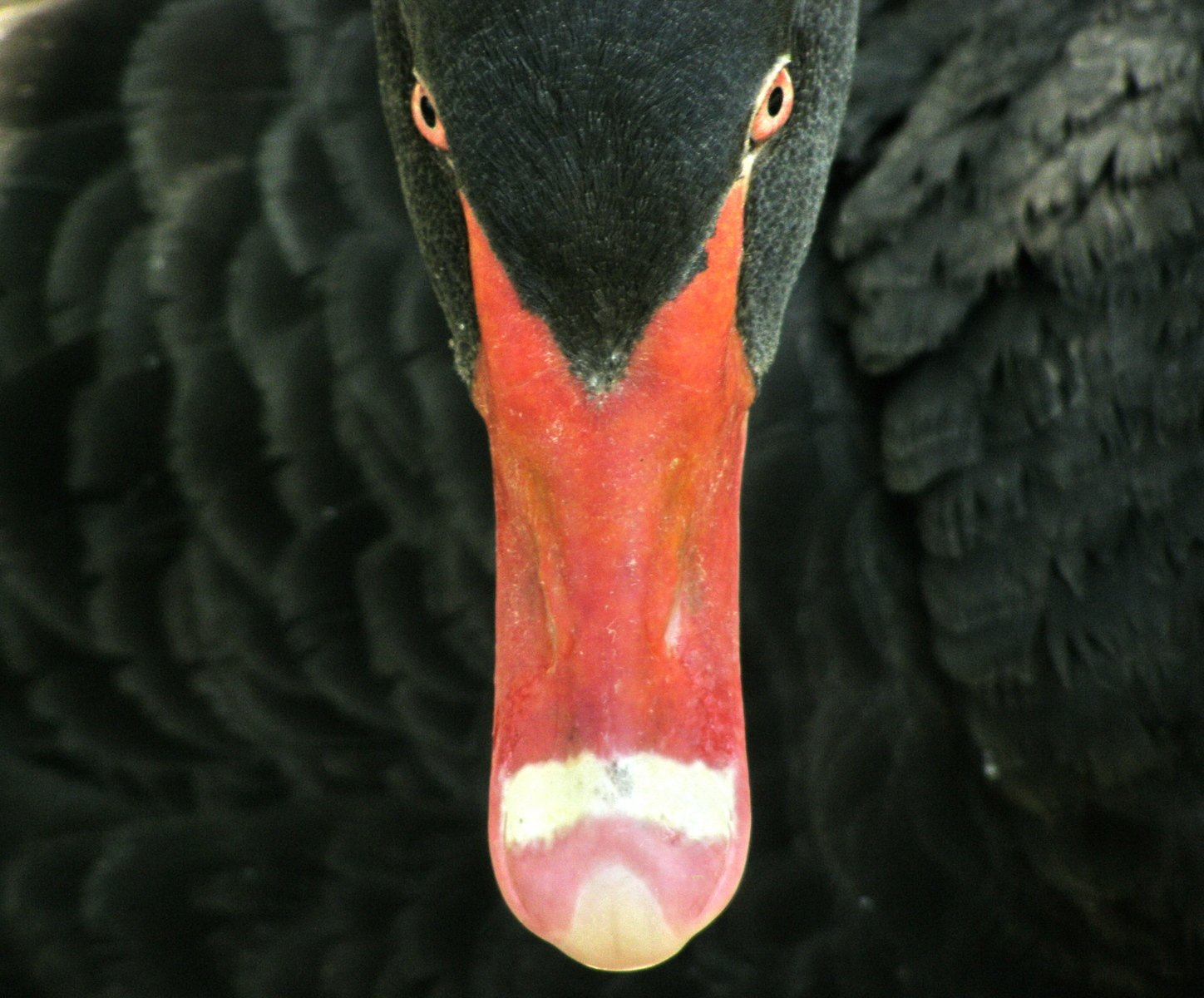

Last week, the Federal Circuit found all patent claims invalid for obviousness in an inter partes review, in Praxair Distribution, Inc. v. Mallinckrodt Hospital Products IP Ltd. But the Court did not render its decision without engendering a judicial disagreement between the majority and Judge Newman on the proper role of the printed matter doctrine in obviousness determinations.
Mallinckrodt's patent-in-IPR, U.S. Patent 8,846,112, was directed to methods for providing nitric oxide gas as a treatment for dilating pulmonary blood vessels in neonates. However, the art recognized a side effect, pulmonary edema, for which infants with pre-existing left ventricular dysfunction (LVD) were at particular risk. A diagnostic assay (pulmonary capillary wedge pressure, or "PCWP") having greater than a specific value was taught in Mallinckrodt's patent to exclude infants at risk for this side effect. Claim 1 is representative of the claims invalidated by the Patent Trial and Appeal Board...
As is frequently the case, Judge Newman makes the better argument. Perhaps due to Section 101 fatigue or because the Supreme Court's penchant for ignoring the statutory silos of eligibility, anticipation, and obviousness is contagious, the majority's decision imports the incoherence of eligibility law into the obviousness context (doing little to clarify the standards in either). And by extending the application of the printed matter doctrine to claims that don't recite printed matter, this precedential decision has the capacity to make mischief (having the Court's imprimatur) until such time that another panel can creatively avoid its application or in the unlikely event that the Federal Circuit considers the question en banc (an eventuality that seems likely only if the Court becomes enamored with this approach to invalidating claims on eligibility grounds under the auspices of an obviousness determination). Neither possibility can be particularly comforting to the patent community.
Askeladden again submitted an amicus brief to the Federal Circuit on May 17, 2018 supporting the PTAB’s decision below. A copy of that amicus brief is available here.
"Why should a massive corporation disguise itself as a tribe and find itself exempted from the law?"At the start of this week a post by Michael Borella was also published regarding SAP America, Inc. v InvestPic, LLC -- the latest reminder of many that software patents are worthless to PTAB in light of 35 U.S.C. ۤ 101. To quote some relevant bits:
SAP America, Inc. (SAP) filed a declaratory judgment action in the Northern District of Texas, alleging that U.S. Patent No. 6,349,291 of InvestPic, LLC (InvestPic) was invalid under 35 U.S.C. ۤ 101. The District Court invalidated the '291 patent during the pleadings stage. InvestPic appealed the ruling to the Federal Circuit.
[...]
The Supreme Court's Alice Corp. v. CLS Bank Int'l case set forth a test to determine whether claims are directed to patent-eligible subject matter under 35 U.S.C. ۤ 101. One must first decide whether the claim at hand is directed to a judicially-excluded law of nature, a natural phenomenon, or an abstract idea. If so, then one must further decide whether any element or combination of elements in the claim is sufficient to ensure that the claim amounts to "significantly more" than the judicial exclusion. But generic computer implementation of an otherwise abstract process does not qualify as significantly more. On the other hand, a claimed improvement to a computer or technological process is typically patent-eligible.
[...]
Declaring the claims abstract, the Court moved on the second step of Alice. Here, InvestPic fared no better, as the Court stated "[w]e readily conclude that there is nothing in the claims sufficient to remove them from the class of subject matter ineligible for patenting and transform them into an eligible application," and (subtlety invoking Berkheimer v. HP Inc.) "there are no factual allegations from which one could plausibly infer that they are inventive." Particularly, all additional elements were either abstract themselves or (as recited in other claims) conventional computer components.
[...]
Even under a generous reading of Alice and its progeny, these claims might be found lacking. But the difficulty with cases like this one is how they are applied. We have seen how the Electric Power Group case has been broadly viewed by the courts and the U.S. Patent and Trademark Office (USPTO) to contend that virtually any invention involving collection, processing, and output of information is ineligible. Clearly, this is improper, it can be rebutted in many situations, but the process for doing so requires time and money -- something that small companies might not have.